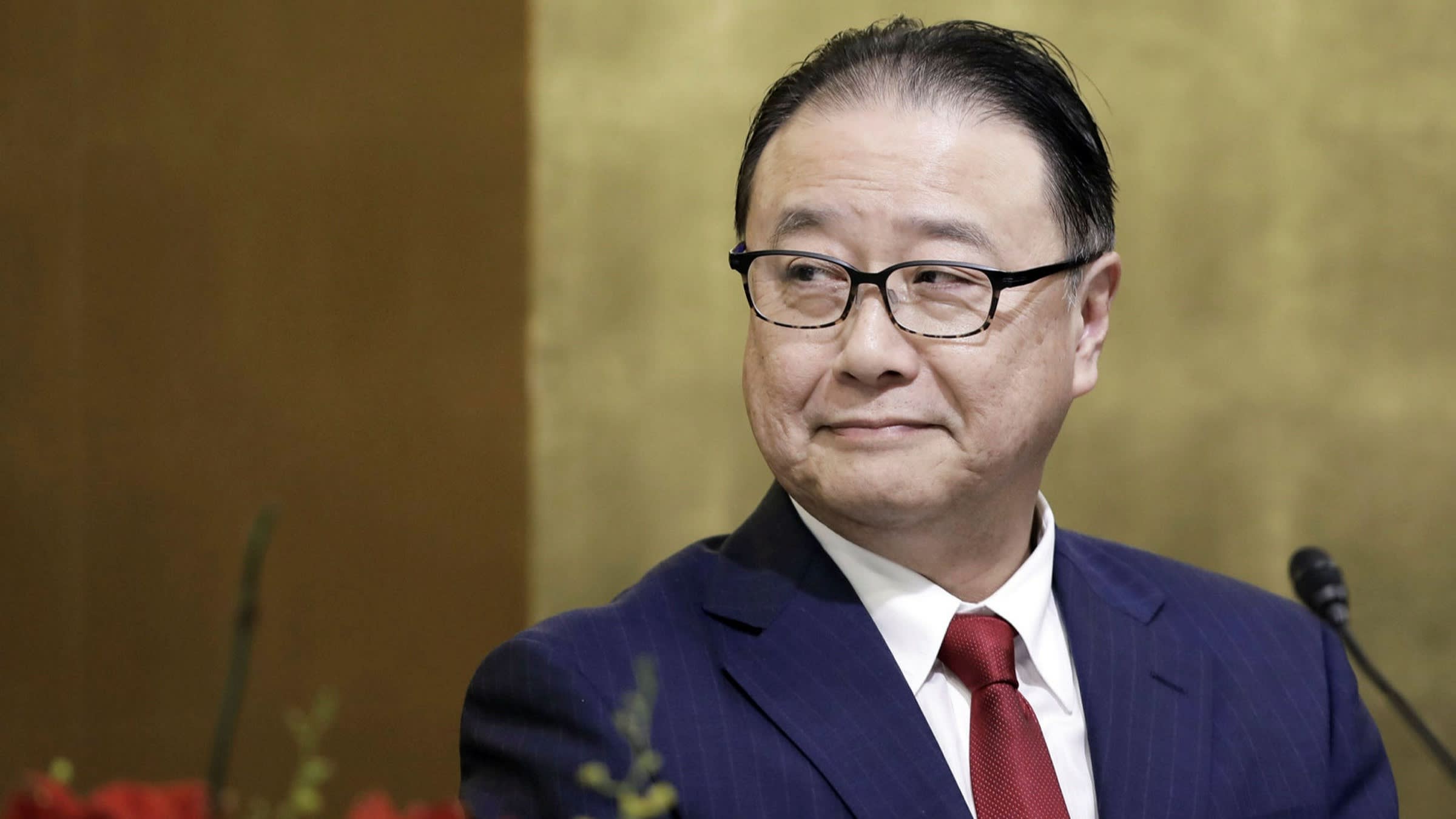Care homes in Japan use big data to boost caregivers and lighten workloads
As a country characterised by low birth rates and the world’s oldest population — with 30 per cent aged 65 or above — Japan has long faced the challenge of finding carers for a rising proportion of elderly people.
But its care industry is still struggling with chronic staff shortages. Nearly 690,000 additional nurses will be required by 2040 to meet demand, says the health ministry. Last year, 63 per cent of care homes reported a shortage in caregivers — an increase on the 61 per cent from a year before, according to a survey by the Care Work Foundation, an industry advisory group.

Sompo says that, by deploying this technology, the workload in a typical 60-person capacity care home can be reduced by 15 per cent, which translates into cost savings worth $60,000 a year. The data allows caregivers to make accurate predictions of health conditions, such as dementia or mobility problems, from which they can create nursing plans to reduce risk of such diseases — instead of dealing with them only when symptoms appear.
In April, Sompo started selling its software platform to other companies and expects to have signed up 100 Japanese care providers in the fiscal year to March 2024.
Ken Endo, the chief executive of Sompo’s nursing care and seniors business, says “the industry is 100 per cent dependent on people, yet there has been no system in place to deepen your expertise” — a fact that “astonished” him when the company joined the care sector in 2015.

Industry wages are low. Care workers’ average monthly pay last year, excluding bonuses, stood at $1,800 — 25 per cent lower than the national average, according to health ministry data. Sompo, which awarded its biggest pay rise to date last year, of up to 11 per cent, has one of the lowest staff turnover rates among care homeowners.
Japan operates a system of universal elderly care, under a long-term insurance scheme set up in 2000. Users pay about 10 per cent of the cost, with government funding the remainder. But, while the government has increased the fees paid to care providers, pressure from inflated social security costs meant it has been difficult to lift wages.
Kayo Uemura, an associate at Development Bank of Japan who advises government on robotics in nursing, says the tens of thousands of small businesses that make up Japan’s elderly care sector have been slow to adopt digital tools, as they lack economies of scale. However, she adds: “If Sompo can establish a standardised system integrating the technology, it would overturn the industry, which has conventionally been hesitant to embrace new tools.”
This story originally appeared on: Financial Times - Author:Eri Sugiura



























